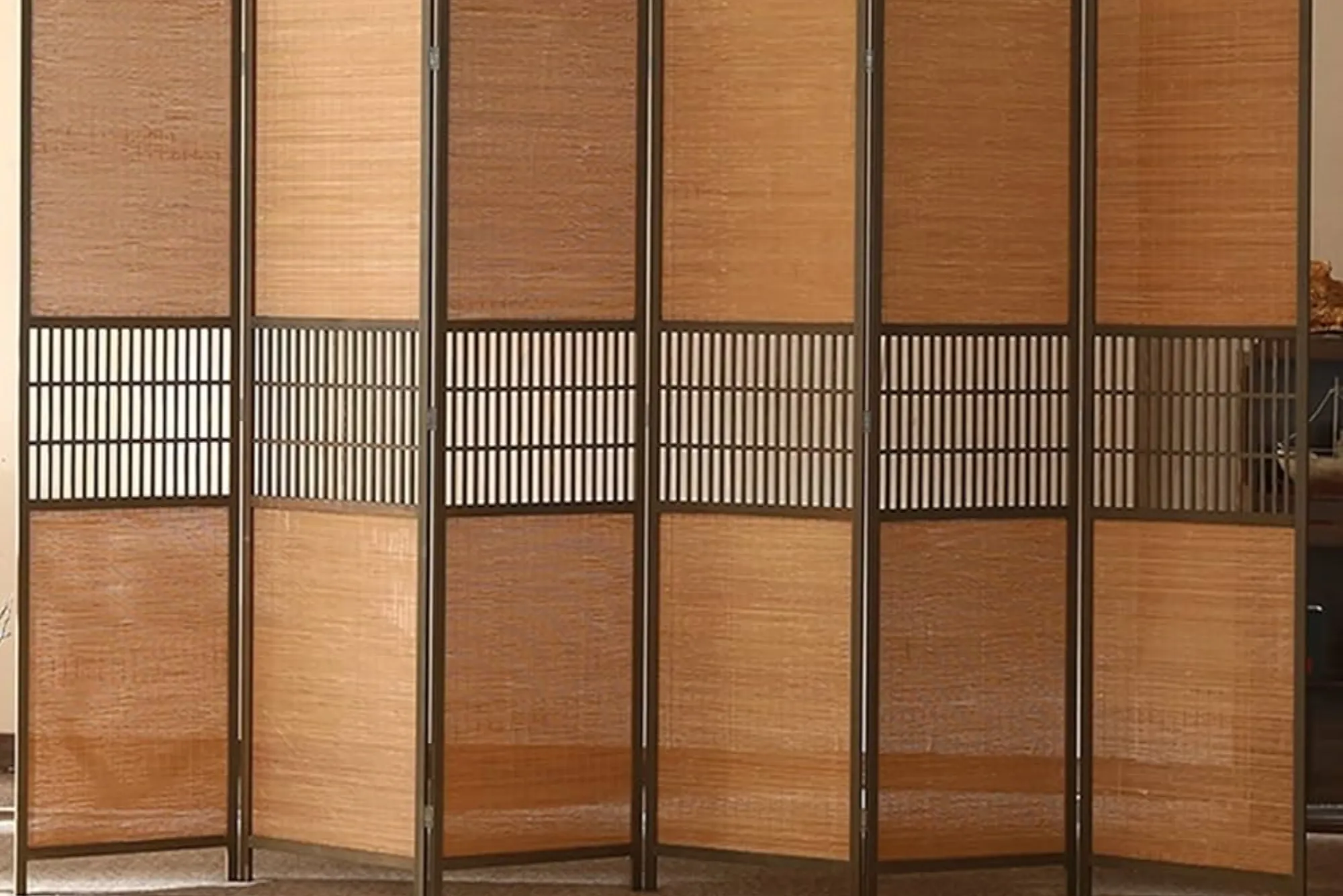Standing screens, often referred to as room dividers or privacy screens, are versatile pieces of furniture that can enhance both the functionality and aesthetic of a space. Their design and utility can vary greatly depending on the materials used in their construction. Understanding the different materials available can help you select the right standing screen to suit your needs and style preferences. In this article, we explore the various materials used in making standing screens and their respective advantages and disadvantages.
Wood: Timeless and Durable
Wood is a traditional choice for standing screens, valued for its natural beauty and robust characteristics. Hardwood varieties such as oak and maple are commonly used in high-quality screens due to their durability and timeless appeal. These woods provide a sense of warmth and elegance to any room, making them ideal for classic and sophisticated interiors.
On the other hand, softwoods like pine and cedar offer a more economical option. They are lighter and easier to work with compared to hardwoods, which makes them suitable for a variety of designs. Softwoods can also be finished or stained to achieve a range of looks, from rustic to modern.
However, wood screens come with their own set of challenges. Hardwoods, while durable, can be expensive, and wooden screens tend to be heavier, which might limit their portability. Additionally, wood requires proper maintenance to prevent damage from moisture and wear over time.
Metal: Modern and Robust
Metal standing screens are popular for their strength and contemporary look. Materials such as steel, aluminum, and iron are commonly used, each offering unique benefits. Steel screens are known for their exceptional strength and durability, making them a good choice for high-traffic areas. Aluminum provides a sleek, modern appearance while being lighter and more resistant to corrosion. Iron, particularly wrought iron, can add a vintage or industrial touch to a room.
The advantages of metal screens include their durability and modern aesthetic, which can complement contemporary decor styles. However, metals can be prone to rust if not treated properly, and their weight can make them less suitable for easily movable applications.
Glass: Elegant and Sleek
Glass is a material that brings a touch of elegance and sophistication to standing screen. Tempered glass, known for its safety features, is a popular choice due to its strength and shatter-resistant properties. Frosted glass offers privacy while maintaining a sleek appearance, and laminated glass provides additional durability and prevents shards from scattering if broken.
While glass screens can enhance the visual appeal of a space and are relatively easy to maintain, they also have some drawbacks. Glass is fragile and requires careful handling to avoid breakage. Additionally, the installation and maintenance of glass screens can be more complex compared to other materials.
Fabric: Versatile and Customizable
Fabric standing screens are highly versatile, offering a wide range of designs, colors, and textures. Materials such as cotton, polyester, and velvet are commonly used, each providing different benefits. Cotton fabrics are known for their softness and breathability, making them a comfortable choice. Polyester is valued for its durability and resistance to wrinkles, while velvet adds a touch of luxury and elegance.
Fabric screens can be customized to match various decor styles and can be more flexible in design. However, fabrics can be prone to staining and may show signs of wear over time, such as fading or fraying. Regular maintenance is required to keep fabric screens looking their best.
Plastic: Lightweight and Affordable
Plastic materials, including acrylic and polycarbonate, offer a practical and cost-effective alternative to traditional materials. Acrylic is a clear plastic that mimics the appearance of glass but is lighter and more shatter-resistant. Polycarbonate is known for its impact resistance and durability, making it suitable for both residential and commercial use.
Plastic screens are lightweight and affordable, making them easy to move and handle. However, they may not be as durable as glass or metal and can be prone to scratching. Additionally, some people may find plastic less visually appealing compared to natural materials.
Composite Materials: Practical and Cost-Effective
Composite materials, such as Medium Density Fiberboard (MDF) and plywood with laminate finishes, offer a cost-effective solution for standing screens. MDF provides a smooth surface and is relatively inexpensive, while plywood with laminate combines the strength of plywood with the durability and aesthetics of laminate.
These composite materials are versatile and can be designed to mimic more expensive materials. However, they are generally less durable than solid wood or metal and can be susceptible to moisture damage, leading to potential warping or deterioration over time.
Selecting the right material for a standing screen depends on various factors, including durability, aesthetics, and cost. Each material—whether wood, metal, glass, fabric, plastic, or composite—offers unique benefits and challenges. By understanding the properties of each material, you can make an informed decision that aligns with your specific needs and design preferences.
Whether you’re looking for the timeless appeal of wood, the modern elegance of glass, or the flexibility of fabric, there’s a standing screen material that can enhance your space. Consider your requirements and choose a material that not only fits your budget but also complements your interior decor.




